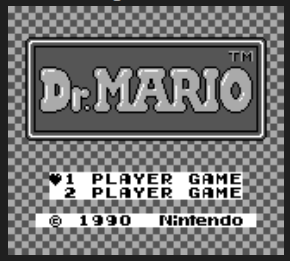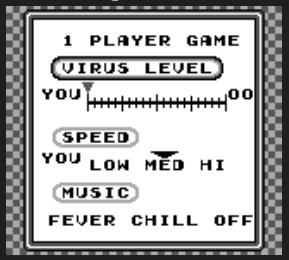Progress:
- Tetris is playable, with fully working controller inputs, but runs at ~4* speed
- Found a timer initialization and incrementation bug.
Risks and Risk Management:
- FPGA debugging is a very “guess and hope for the best” process, even with signal-tap.
Tests:
- CPU
- Handmade test for every Gameboy instruction
- Blarrg cpu-instrs tests run on CPU.
- Fixed some misunderstandings of Gameboy specification details.
- PPU
- Basic static frames from Tetris/Dr. Mario with fixed tile/sprite preloaded memory
- Dmg-Acid tests on Simulation
- Basic static frames from MMU/CPU/PPU integration
- MMU
- Basic testbench checks on synchronous cycle BRAM accesses (R/W)
- Synchronous cycle I/O registers (PPU/APU/Interrupt) (R/W)
- Basic timer register checks
- Simulation
- Blarg cpu-instrs tests.
- Many MMU bugs fixed
- 1st pre-loaded frame of Tetris test.
- 1st Tetris frame generation test.
- 3 clocks were added to the design
- CPU IME (interrupt enable) register misunderstanding fixed.
- Many MMU bugs fixed
- 1st, 2nd, 3rd frame + controller input test on Dr. Mario.
- Fixed PPU palette issue
- Joycon register spec misunderstanding fixed.
- Many MMU bugs fixed
- Blarg cpu-instrs tests.
- Physical
- Basic controller button to LED test
- DMG-Acid test rendering
- Fixed jagged clock issues (ensured that clocks were derived off of others for adequate timing)
- “Play” Dr. Mario.
- Synthesis results in non-deterministic behavior.
- Play Tetris
- Joycon issue determined via patterns and fixed.






